|
Silver-washed Fritillary Argynnis paphia 1st photo - Female Silver-washed Fritillary Valesina aberration 2nd photo - Male Silver-washed Fritillary 3rd photo - Female Silver-washed Fritillary To celebrate Butterfly Education and Awareness Day, I will take you on a "Virtual Butterfly-watching in Cornwall". Not just for a day but for the WHOLE month of June.
My 7th "Virtual Butterfly-watching in Cornwall" is in Cabilla and Redrice Woods Nature Reserve to see the Silver-washed Fritillary Argynnis paphia. Cabilla and Redrice Woods is one of the largest and possibly the finest ancient woodlands in Cornwall. Long walk, flat ground, picturesque and scenic view.
0 Comments
Pearl-bordered Fritillary Boloria euphrosyne To celebrate Butterfly Education and Awareness Day, I will take you on a "Virtual Butterfly-watching in Cornwall". Not just for a day but for the WHOLE month of June. My 6th "Virtual Butterfly-watching in Cornwall" is in Fellover Brake to see the rare Pearl-bordered Fritillary Boloria euphrosyne. Long walk, steep hill, picturesque and scenic view. Pearl-bordered Fritillary Boloria euphrosyne Just the 2 of us! Fellover Brake
Pearl-bordered Fritillary Boloria euphrosyne To celebrate Butterfly Education and Awareness Day, I will take you on a "Virtual Butterfly-watching in Cornwall". Not just for a day but for the WHOLE month of June. My 5th "Virtual Butterfly-watching in Cornwall" is in Struddicks to see the rare Pearl-bordered Fritillary Boloria euphrosyne. Struddicks, a short but fairly demanding route through an unkempt wilderness alight with vivid flowers and butterflies in the summer months. This walk climbs high above the cliffs to give spectacular views. Thanks to the landowners' conservation strategies, the area is brimming with wildlife. The rocks, steps and stile along the coast path give the walk an adventurous flavour. Long walk, steep hill, picturesque and scenic view. Like me on Facebook: facebook.com/wildlifematters8 Follow me on Twitter: twitter.com/WildlifeMatter8 Follow me on Instagram: instagram.com/wildlifematter8 Pearl-bordered Fritillary Boloria euphrosyne Struddicks near Looe
Marsh Fritillary Euphydryas aurinia To celebrate Butterfly Education and Awareness Day, I will take you on a "Virtual Butterfly-watching in Cornwall". Not just for a day but for the WHOLE month of June. My 4th "Virtual Butterfly-watching in Cornwall" is in Garrow Tor to see the rare Marsh Fritillary Euphydryas aurinia. Garrow Tor is a bare, tor-crowned hill, 330 metres (1,080 ft) high, located on Garrow Downs in the northwest of Bodmin Moor. At the summit of Garrow Tor are granite rock outcrops and panoramic views, including Caradon Hill to the south, Rough Tor and Brown Willy to the north, Butter's Tor to the east, clay country to the west and the Atlantic Ocean to the northwest. The hill also bears extensive evidence of early settlement, including a massive stone hedge, Bronze Age settlements and hut circles and Medieval settlements. Long walk, rough ground, picturesque and scenic view. Like me on Facebook: facebook.com/wildlifematters8 Follow me on Twitter: twitter.com/WildlifeMatter8 Follow me on Instagram: instagram.com/wildlifematter8 Marsh Fritillary Euphydryas aurinia More butterfly species! Caterpillar Garrow Tor
Marsh Fritillary Euphydryas aurinia To celebrate Butterfly Education and Awareness Day, I will take you on a "Virtual Butterfly-watching in Cornwall". Not just for a day but for the WHOLE month of June. My 3rd "Virtual Butterfly-watching in Cornwall" is in Predannack at the Lizard Peninsula to see the rare Marsh Fritillary Euphydryas aurinia. Predannack is own by the National Trust. The Lizard Peninsula is known for its geology and for its rare plants and lies within the Cornwall Area of Outstanding Natural Beauty (AONB). The name "Lizard" is most probably a corruption of the Cornish name "Lys Ardh", meaning "high court"; it is purely coincidental that much of the peninsula is composed of serpentinite-bearing rock. The Lizard peninsula's original name may have been the Celtic name "Predannack" ("British one"); during the Iron Age (Pytheas c. 325 BC) and Roman period, Britain was known as Pretannike (in Greek) and as Albion (and Britons the "Pretani"). Long walk, steep hill, picturesque and scenic view. Like me on Facebook: facebook.com/wildlifematters8 Follow me on Twitter: twitter.com/WildlifeMatter8 Follow me on Instagram: instagram.com/wildlifematter8 Marsh Fritillary Euphydryas aurinia More butterfly species! Photoshoot Me and Rob Predannack
Marsh Fritillary Euphydryas aurinia To celebrate Butterfly Education and Awareness Day, I will take you on a "Virtual Butterfly-watching in Cornwall". Not just for a day but for the WHOLE month of June. My 2nd "Virtual Butterfly-watching in Cornwall" is in Breney Common Nature Reserve to see the rare Marsh Fritillary Euphydryas aurinia. Breney Common must be my most visited nature reserve. We go there every year in April, May, June and July. It has the most amazing flora and fauna, with a rich and diverse habitat. And of course Breney Common has a special place in my heart as I've seen my greatest sighting of all time here - the Lammergeier, the bearded vulture in 23rd May 2016. Easy walk, flat, picturesque and scenic view. Like me on Facebook: facebook.com/wildlifematters8 Follow me on Twitter: twitter.com/WildlifeMatter8 Follow me on Instagram: instagram.com/wildlifematter8 Marsh Fritillary Euphydryas aurinia 23rd May 2016, 4 years ago today, when I've seen and photographed this magnificent Bearded Vulture, also known as the LAMMERGEIER or OSSIFRAGE in Cornwall. Me and Rob Nicholls cannot believe our luck. It was a sunny afternoon, about 2:30pm. We were looking up towards Helman Tor when a large bird, soaring high, came into sight over the ridgeline, heading in a south westerly direction. It’s just gliding gracefully in the sky. The wingspan was probably 9 feet or more, 3 metres. It was very high, maybe up to 2,000 feet and had a small bird in tow - which was not getting too close. The small bird turned out to be a buzzard! The Lammageier did not flap its wings. It was just gliding gracefully across the sky. It was huge and unlike anything usually seen in the skies over Cornwall. Luckily, I was already prepared with my camera and was able to take some pictures. We were able to watch it for about 12 minutes, before it went out of sight. Perhaps a once-in-a-lifetime sighting. It's nice to sometimes be in the right place, at the right time! More butterfly species! Caterpillar Dragonfly and Damselfly Slow Worm Sundews Wildflowers Fungi Up close and personal with the Marsh Fritillary Euphydryas aurinia Helman Tor in the background Gorgeous BlueBells Breney Common Nature Reserve Breney Common Nature Reserve
Heath Fritillary Melicta athalia Heath Fritillary Melicta athalia Aberration To celebrate Butterfly Education and Awareness Day, I will take you on a "Virtual Butterfly-watching in Cornwall". Not just for a day but for the WHOLE month of June. My first "Virtual Butterfly-watching in Cornwall" is in Greenscoombe Wood Luckett Nature Reserve to see the nationally rare Heath Fritillary Melicta athalia. Would you believe, I celebrated 3 birthdays here. Even my 40th birthday. That's how special this place is. There's no place I would rather be on my special day than in the company of these gorgeous butterflies. Long walk, steep hill, picturesque and scenic view. Like me on Facebook: facebook.com/wildlifematters8 Follow me on Twitter: twitter.com/WildlifeMatter8 Follow me on Instagram: instagram.com/wildlifematter8 Pair of Heath Fritillary Melicta athalia More butterfly species! 1st July 2012, celebrating my 40th Birthday (2010 and 2011 too) Greenscoombe Wood Luckett Nature Reserve Greenscoombe Wood Luckett Nature Reserve Greenscoombe Wood Luckett Nature Reserve Greenscoombe Wood Luckett Nature Reserve Barry Ofield had made a huge contribution on the wildlife in Cornwall particularly on butterflies. If not for Barry, the Heath Fritillary Melicta athalia would have been extinct in Cornwall. With Barry's successful breeding and reintroduction of Heath Fritillary Melicta athalia in Greenscoombe Wood, we're now enjoying seeing this beautiful butterfly fluttering in Cornwall. Barry’s involvement began in early 2007 when he was asked if he could take part in a programme, which would include his efforts in breeding for release, the Heath Fritillary Melicta athalia. Barry and Tom Sleep has previously released in excess of 1500 imagines into Greenscoombe Wood where it had become extinct due to habitat deterioration over the pass 20 years. Barry’s part in 2006-2007 was to breed more adults for another release at Greenscoombe Wood and in Blanchdown Wood, which is on the Devon side of the Tamar River. Filming started on 8 May 2007 and took two days to complete including the release at Blanchdown. The filming and interviews took place at Barry’s home in Pendoggett. The weather on the first day was fine. The second day of filming, it was pouring with rain. Not the ideal conditions for releasing butterflies. An extract from the 2007 BBC programme "Born to be Wild". This article features Barry Ofield breeding Heath Fritillary butterflies for subsequent release at Blanchdown Woods alongside the Tamar in Devon with Dr Caroline Bulman.
|
Rowena
|
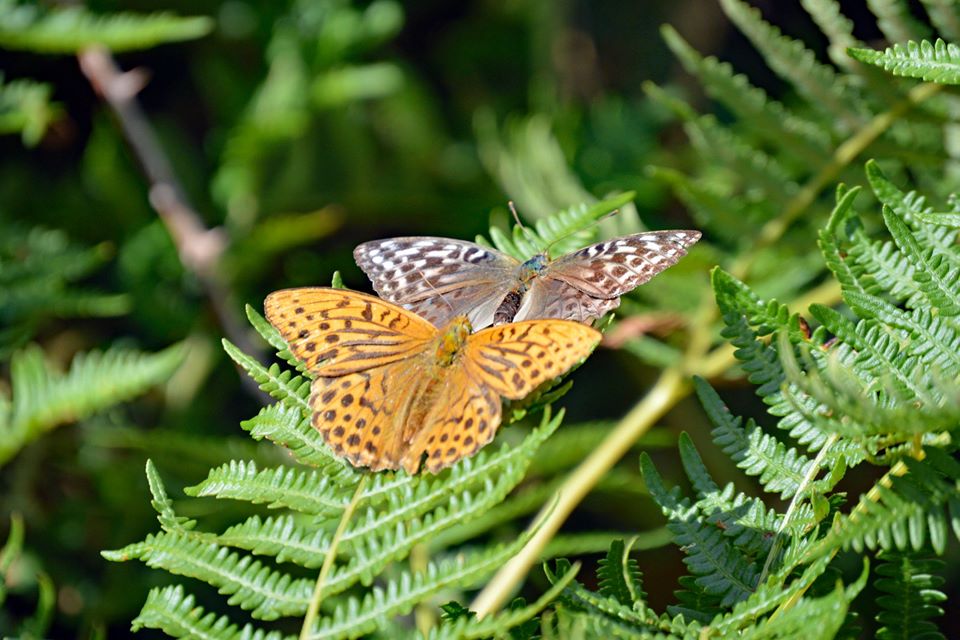









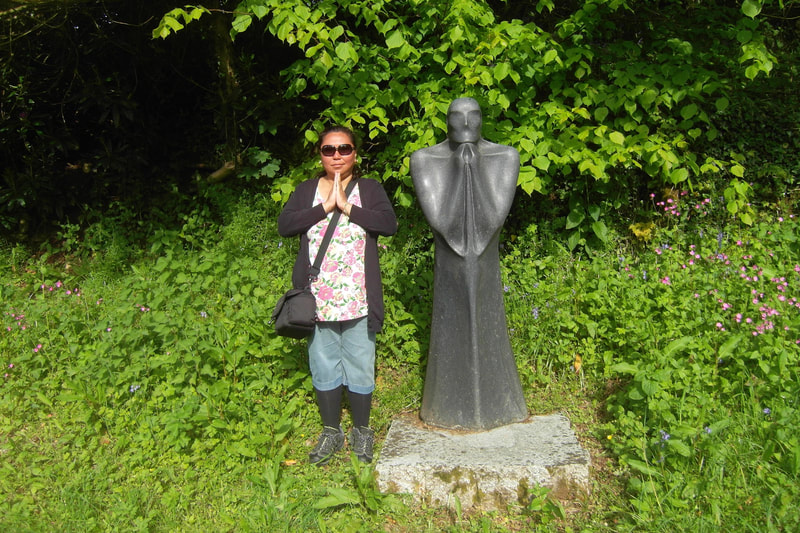



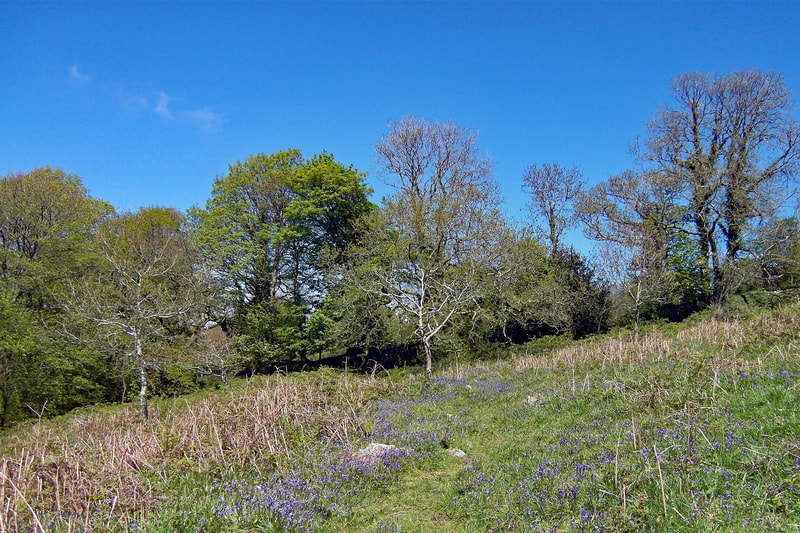
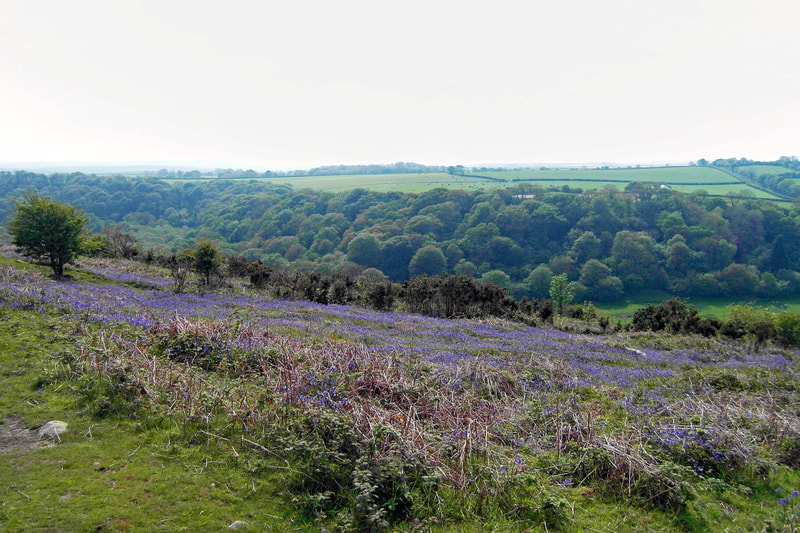

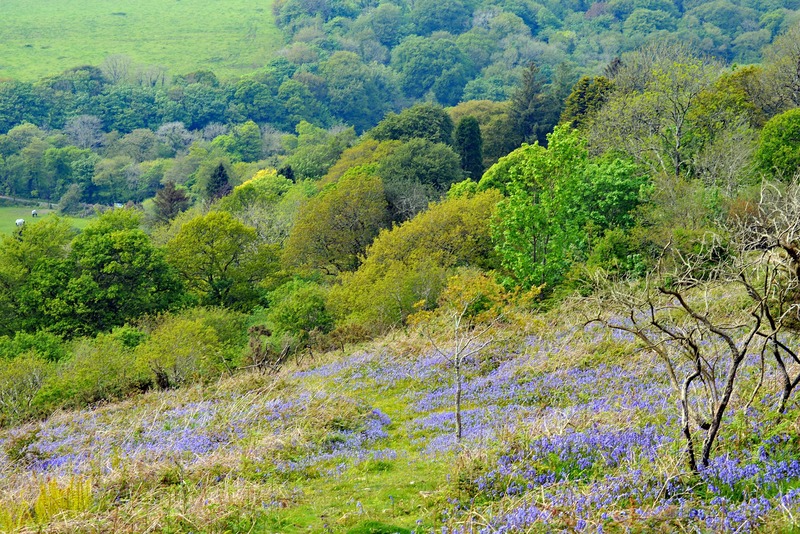



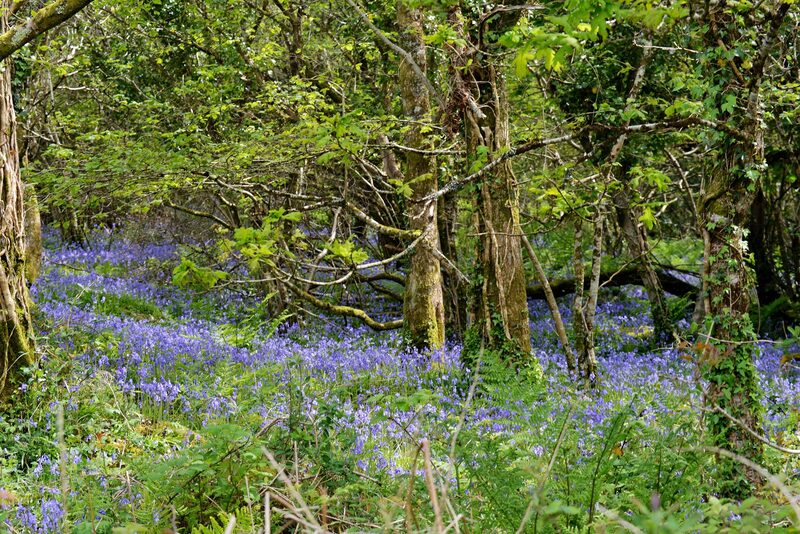

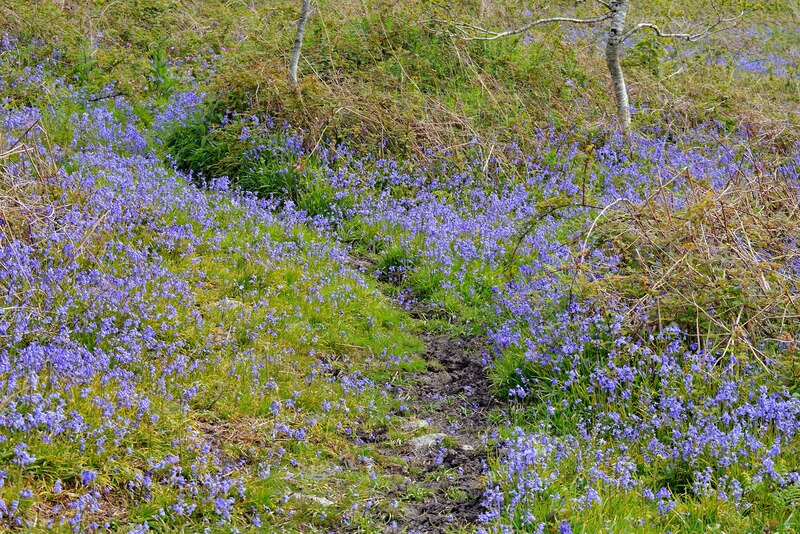



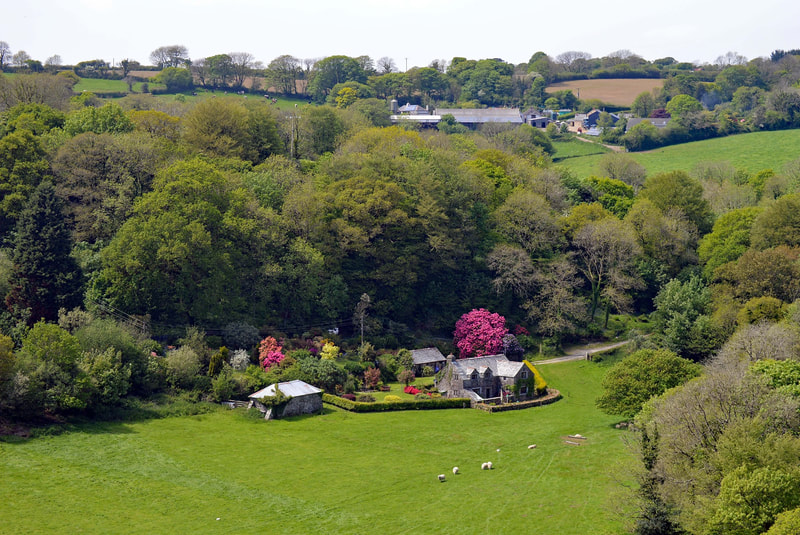

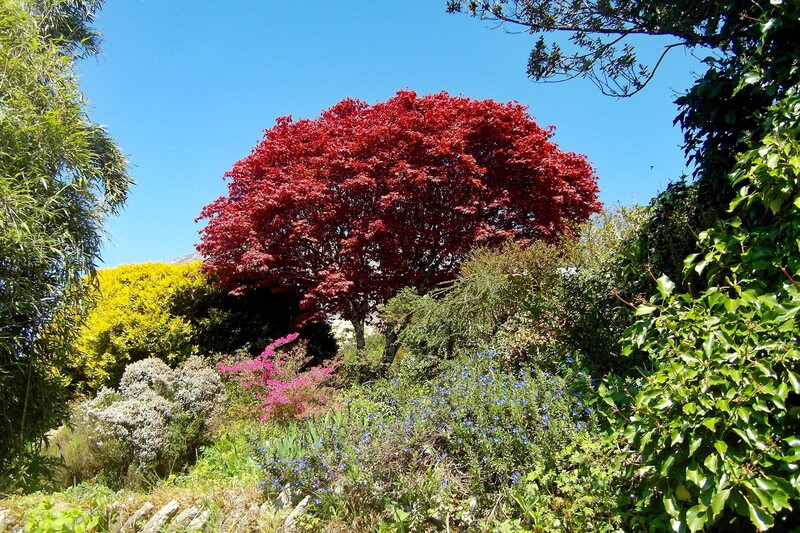
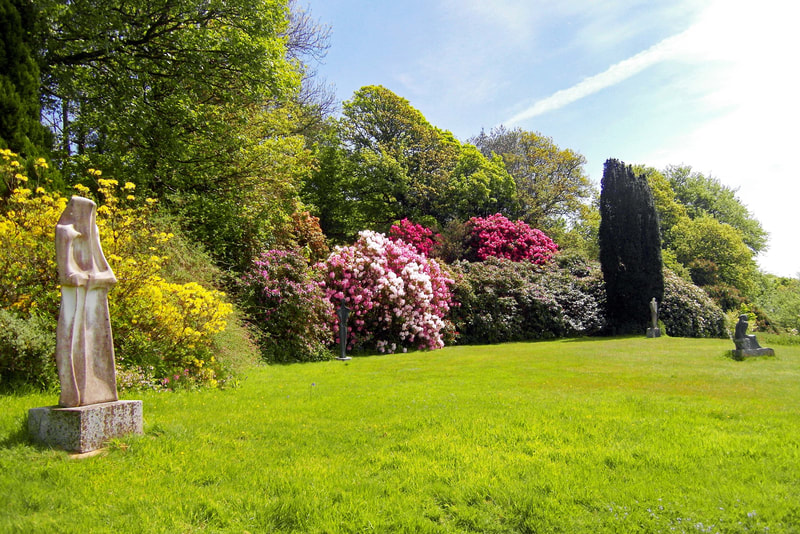








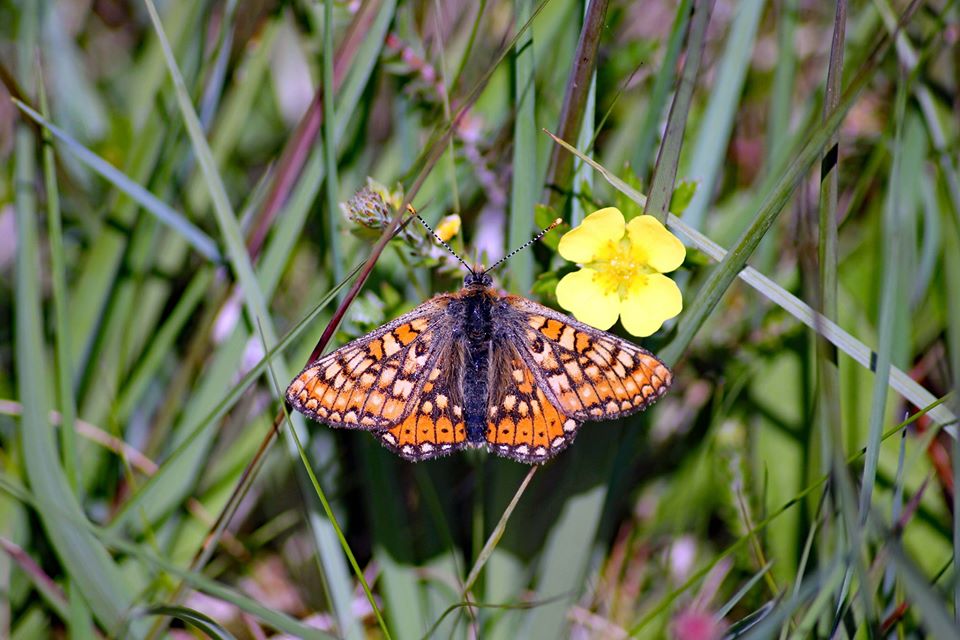









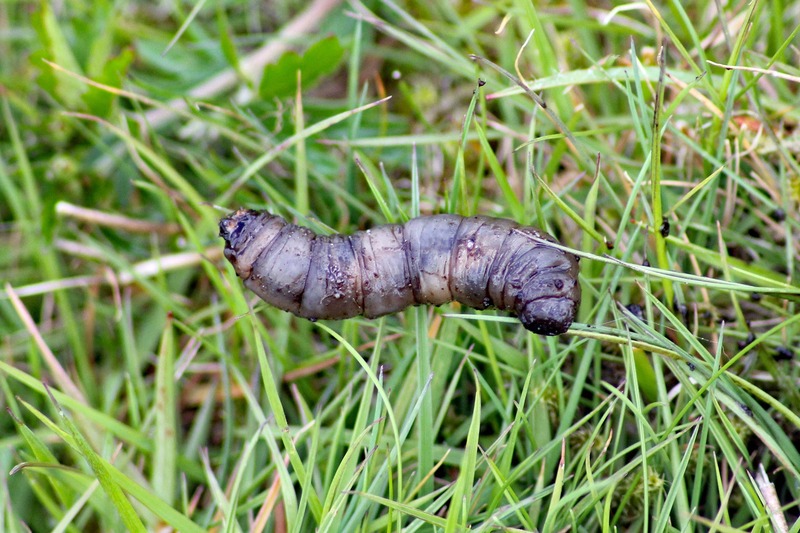











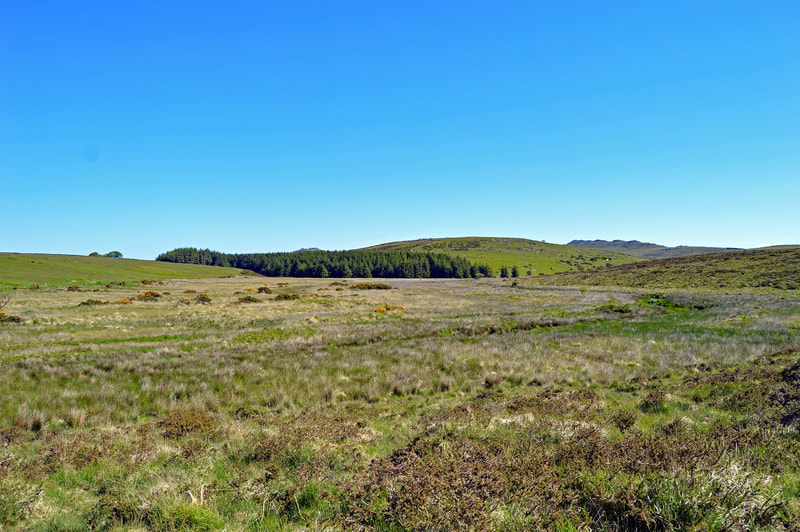



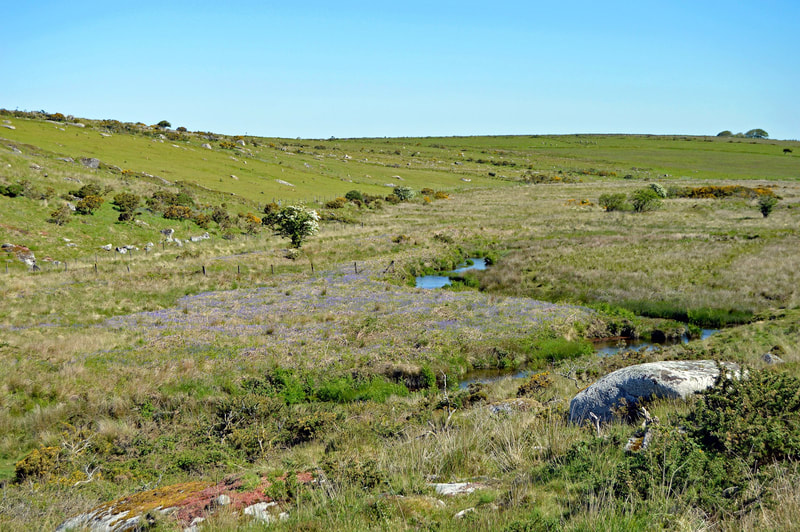

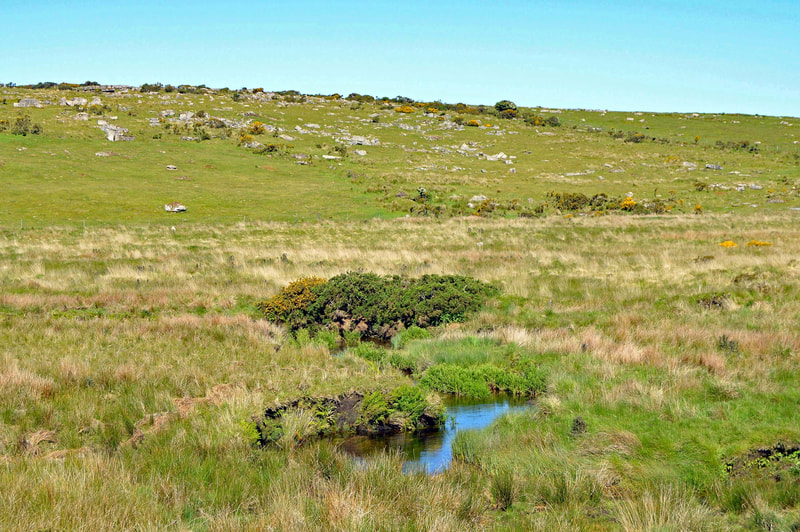





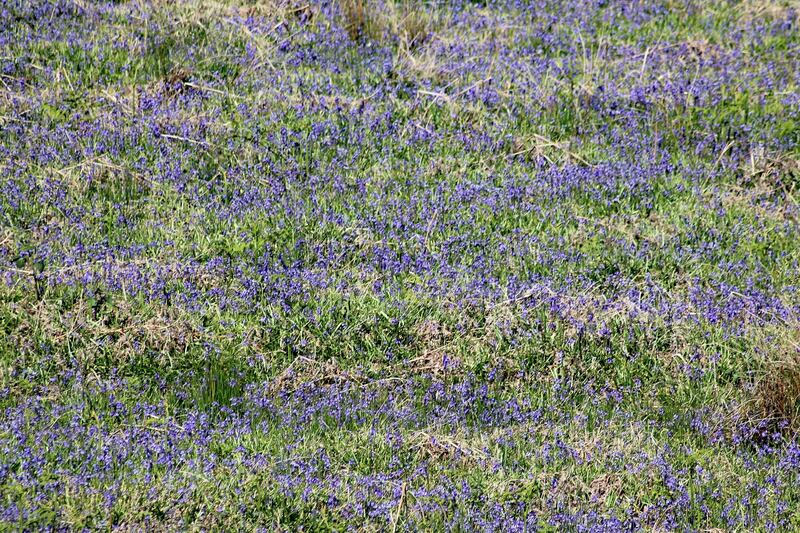





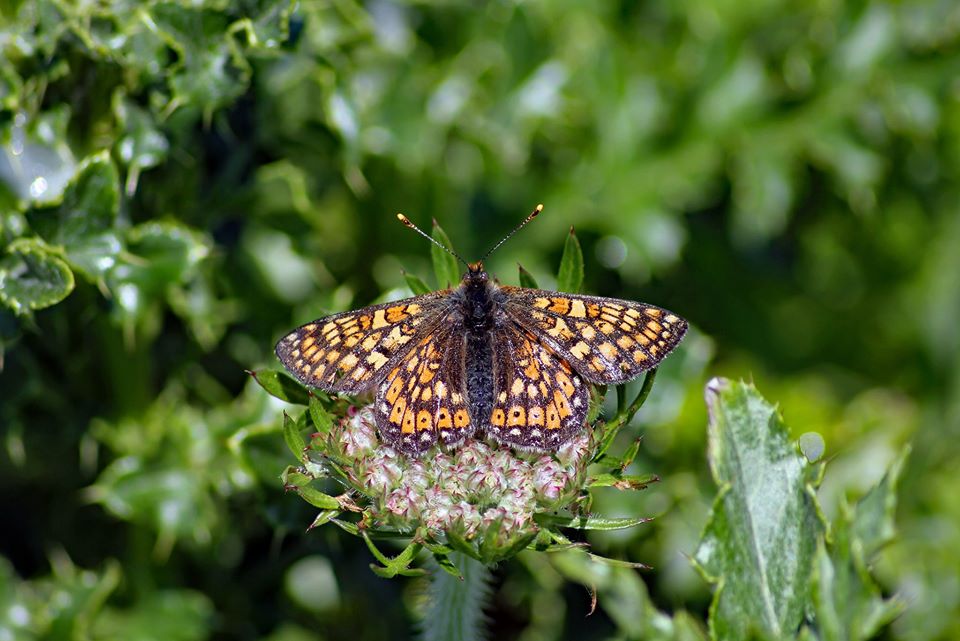






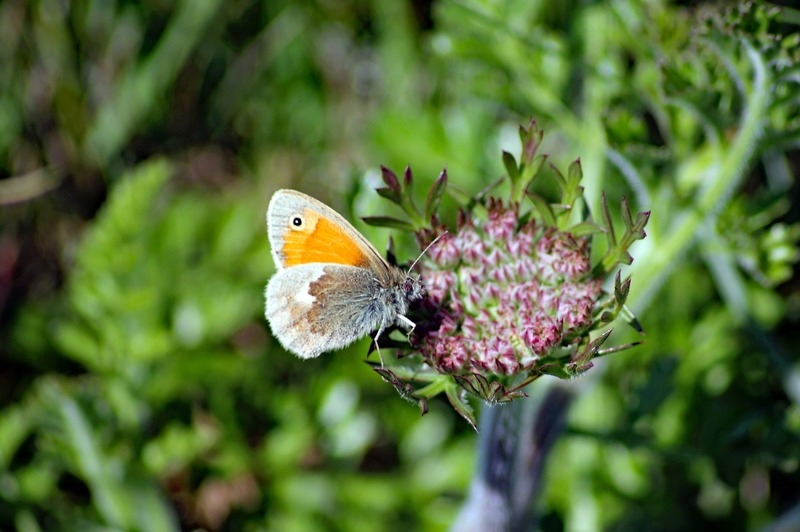

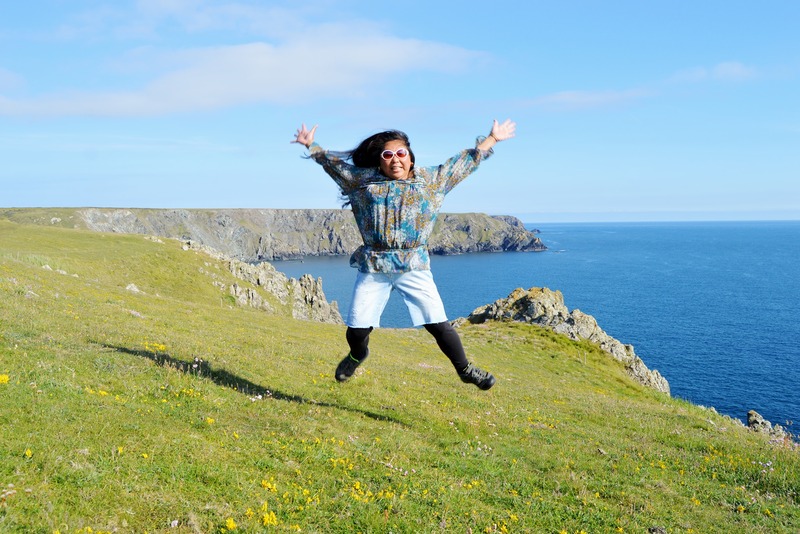







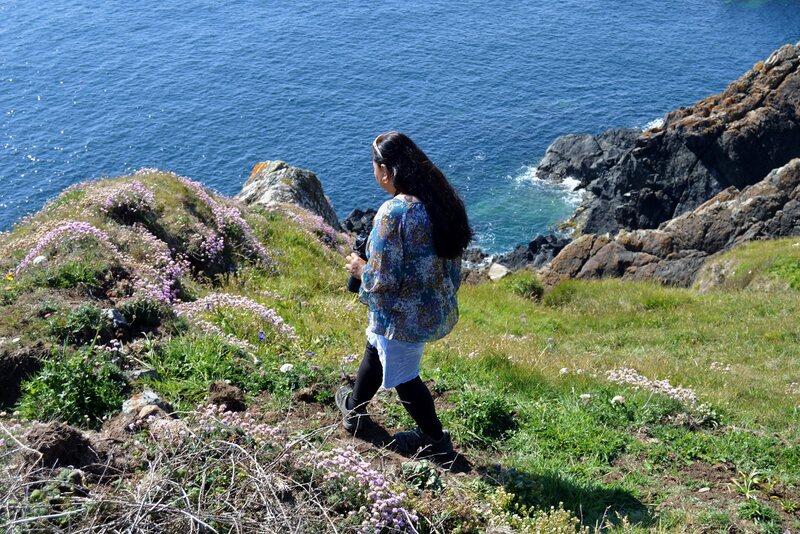
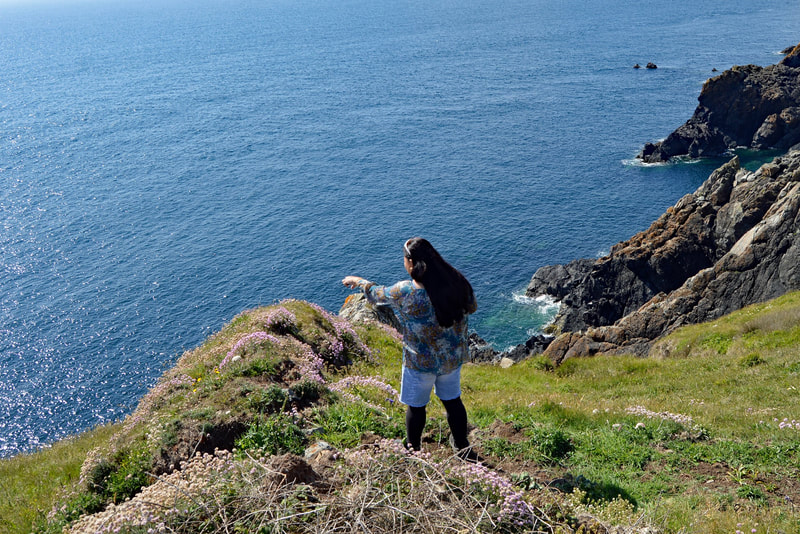


















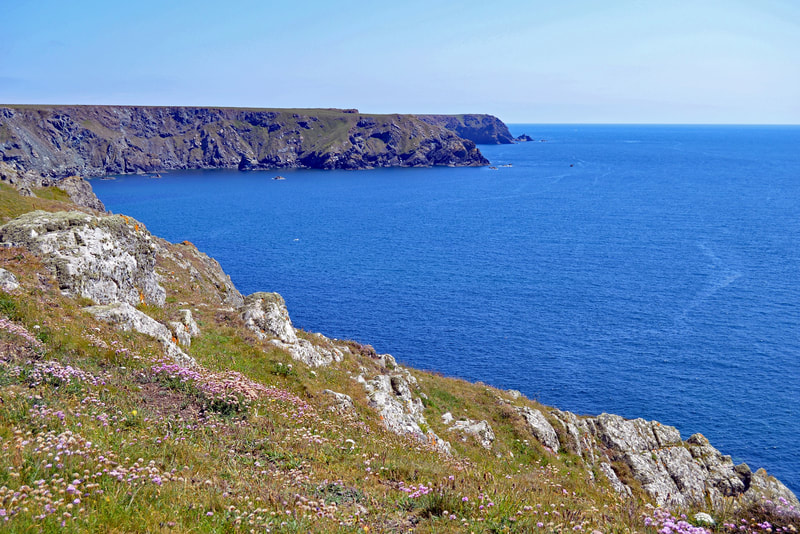


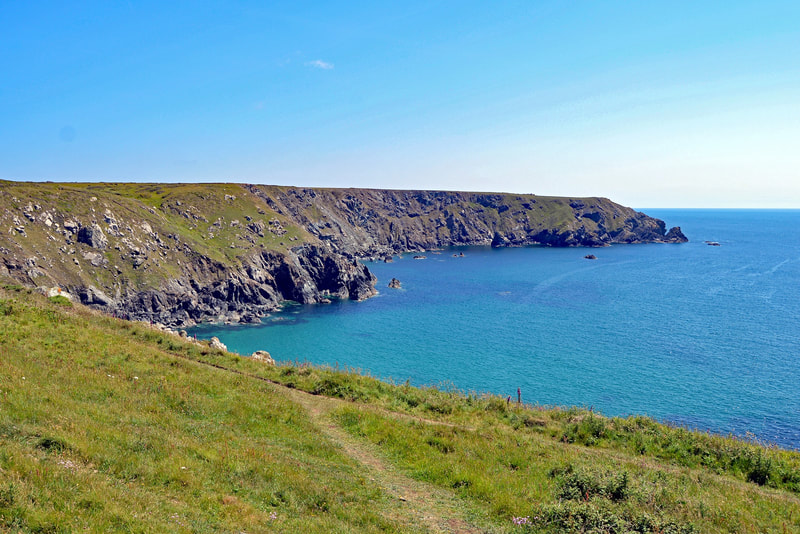


























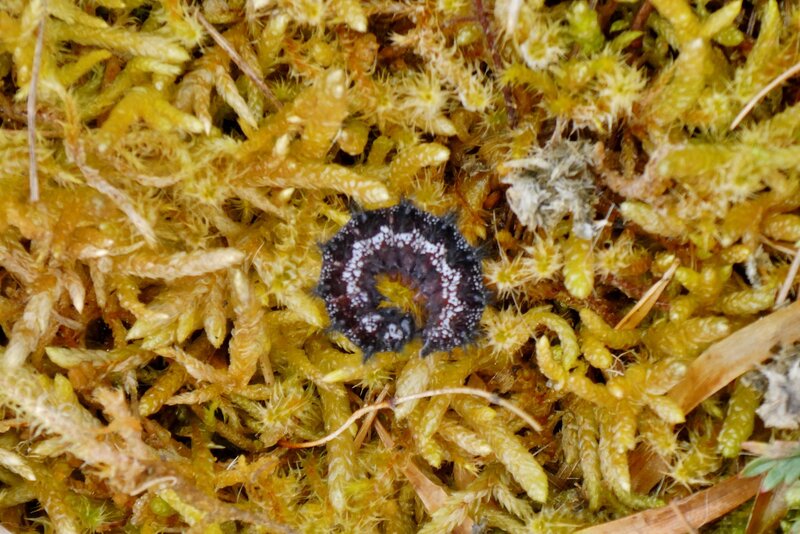










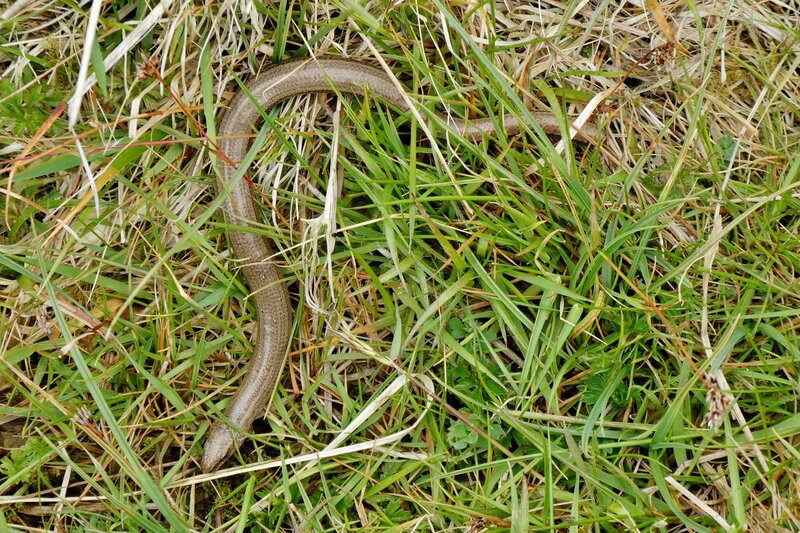
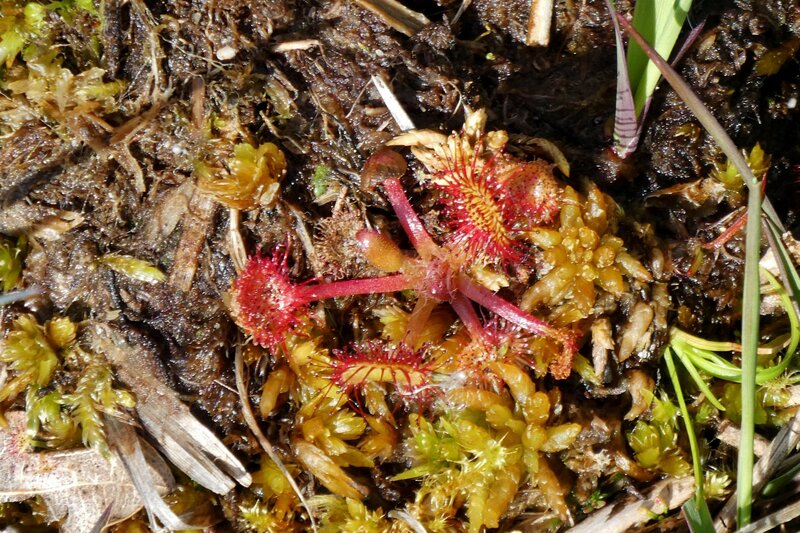



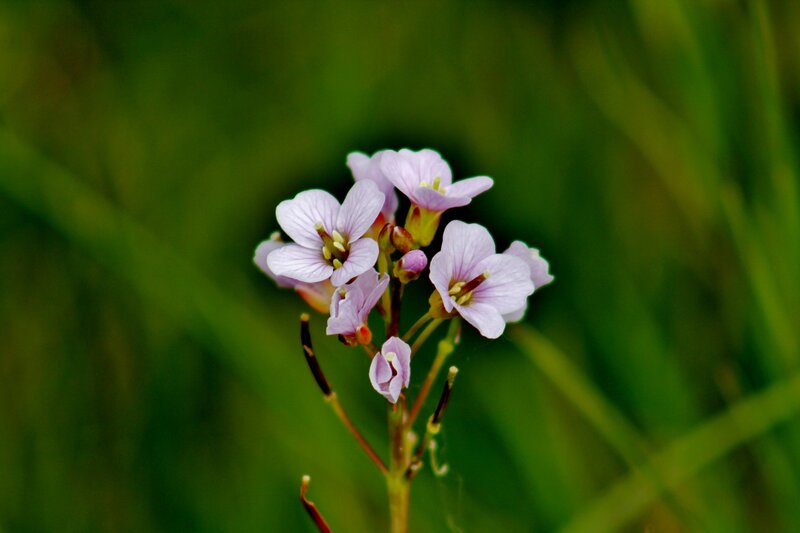



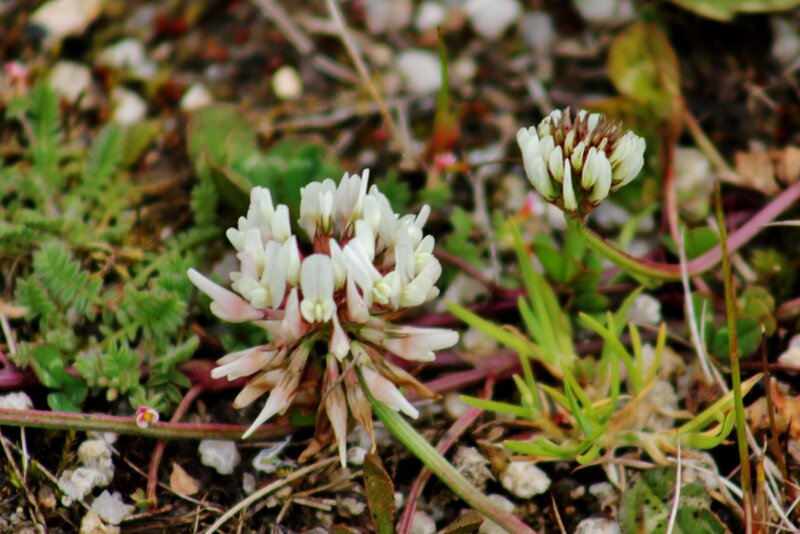
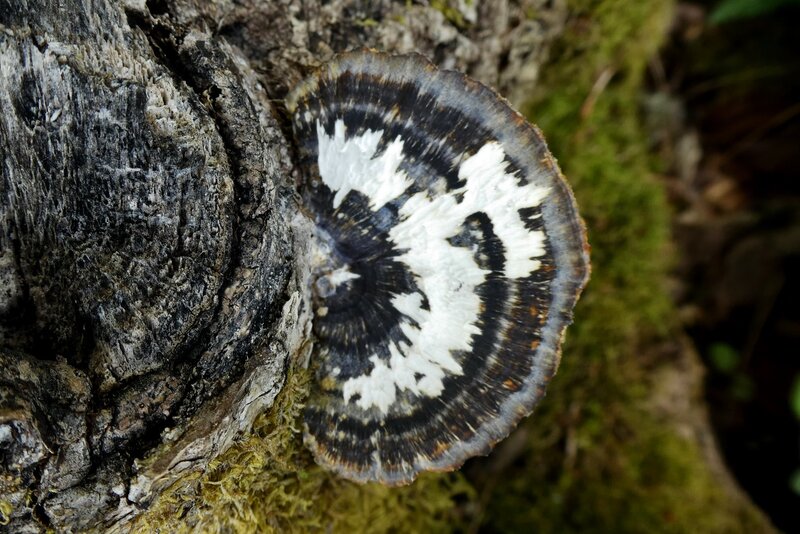

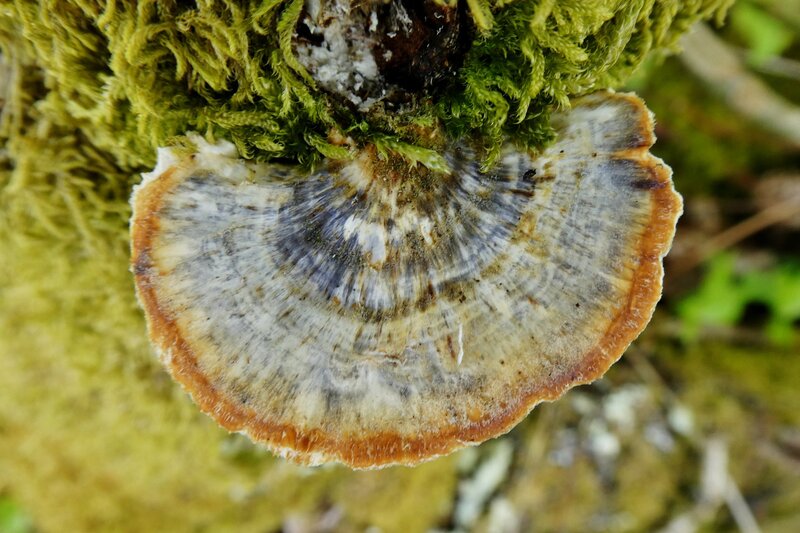



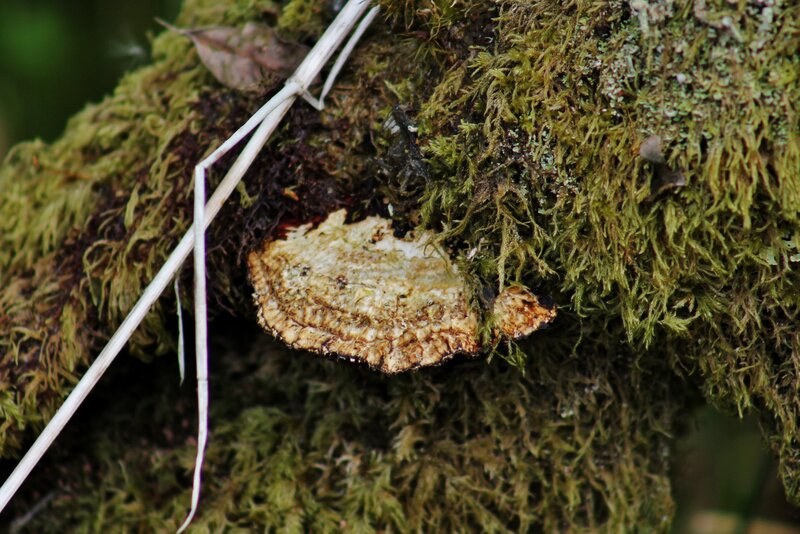












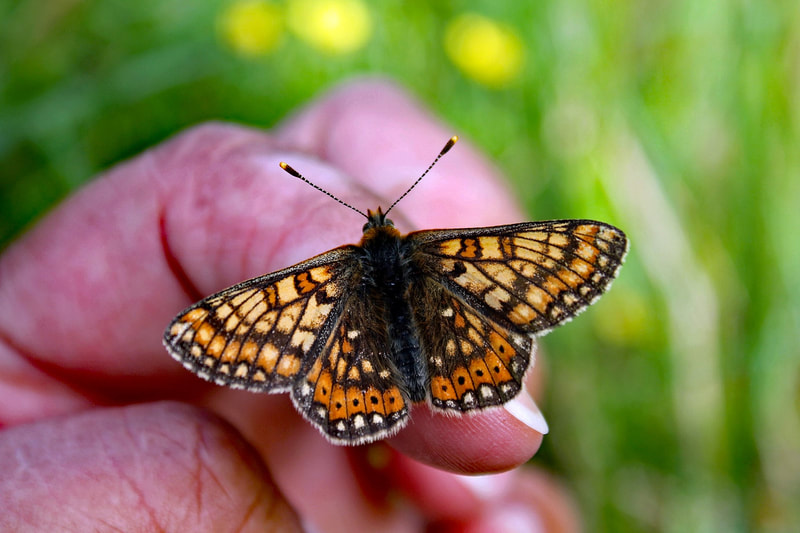


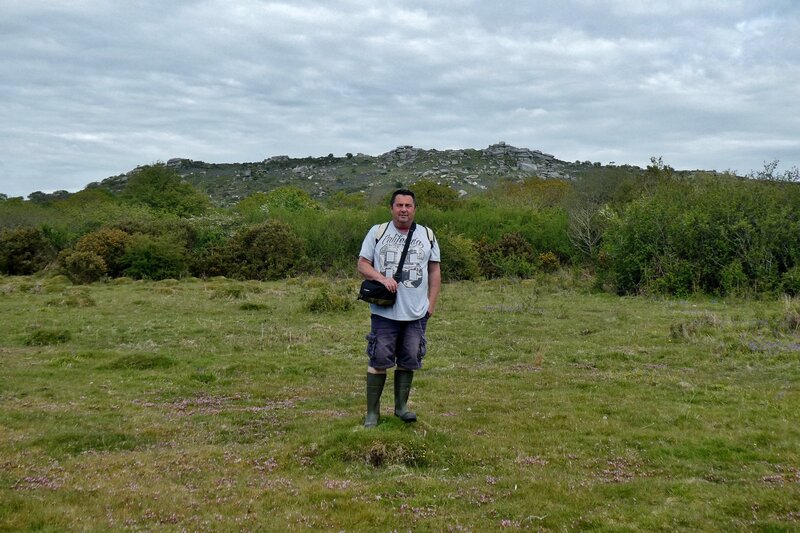










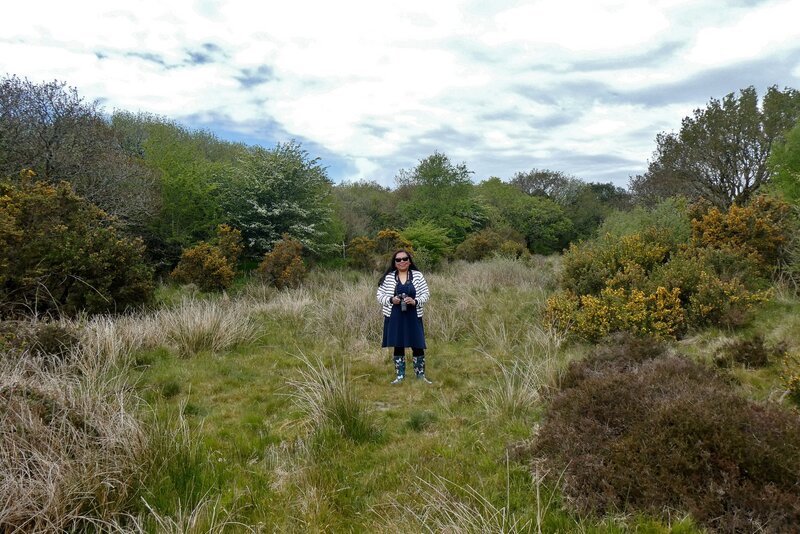



















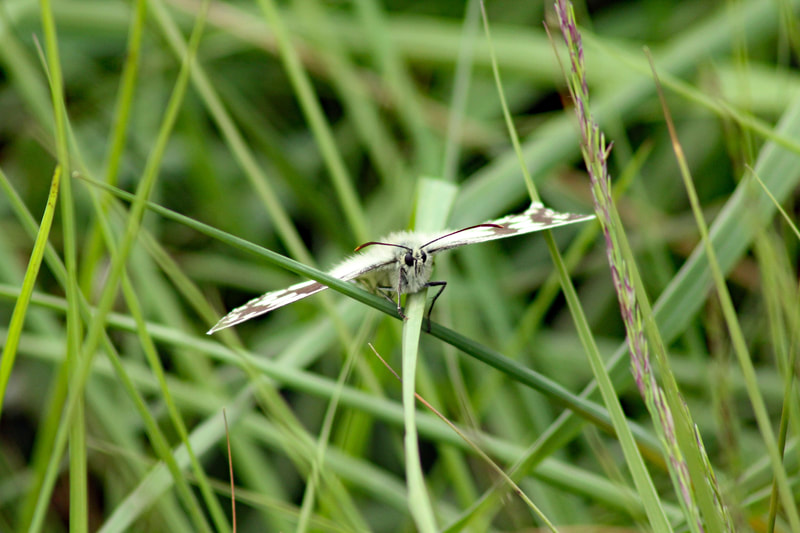





















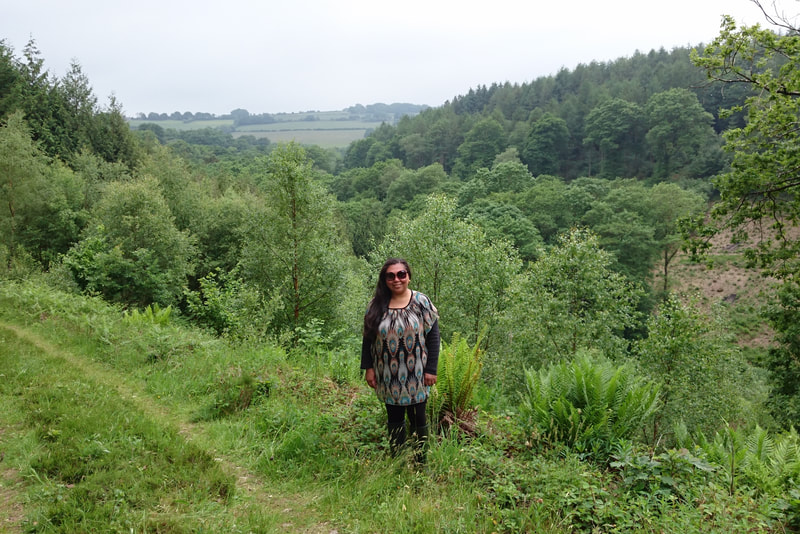










 RSS Feed
RSS Feed